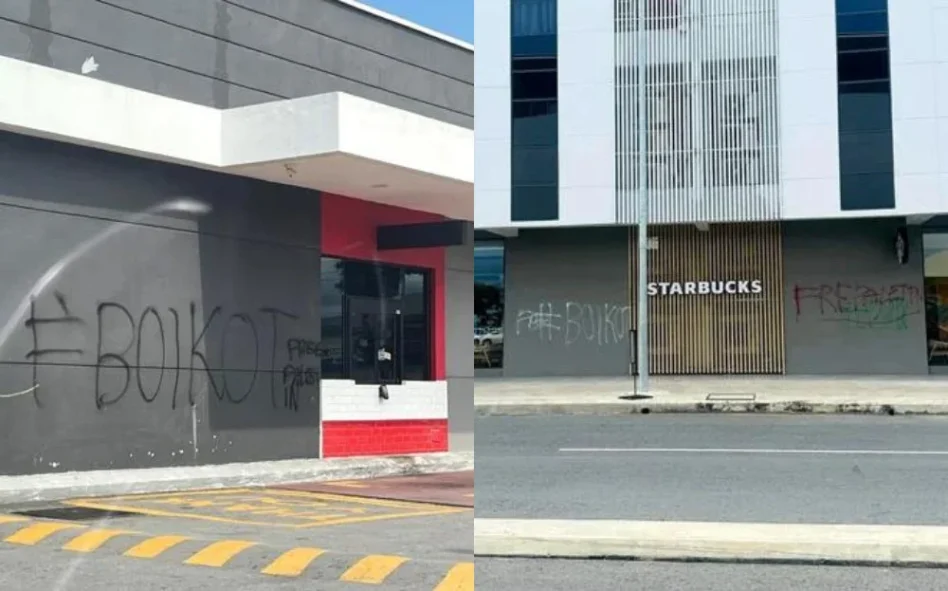Traffic crashes and deaths will start shooting up when restrictions are lifted on interstate travel starting today and the new recovery movement control order.
Most educated inhabitants in Malaysia know that their road safety rate is dismal.
Just to be sure, data shows that Malaysia has the second highest death rate in Southeast Asia at 29.8 deaths per 100,000 vehicles while New South Wales in Australia is at 7.4 (2016 data).
This morbid road safety record has defied all the past 30 years of road safety programmes, including the 25 annual Ops Sikap road traffic safety operations conducted over the duration of major festivals.
Road safety is about facts and science, not beliefs. Even countries have budgets and need to choose between options available to improve road safety. Yet Malaysia has not managed to reduce its road deaths ratio (per 100,000 vehicles or per 100,000 inhabitants) compared with its Oceania neighbours, Australia and New Zealand.
When we posed a question on Facebook why this was so, we received a variety of answers – poor driver training, motorist attitude, selective enforcement, dangerous road infrastructure, periodical campaigns to improve collection on summons by offering discounts, etc.
The best answer came from Norty Alex: “Political appointees ministers only know how to look after their posts and pockets instead of fixing the real problems.”
When a study indicates that more than half of the total traffic fatalities in Malaysia (60%) are motorcycle fatalities, then we should focus on motorcyclists’ safety as a priority.
The study – “Commuter Motorcycle Crashes in Malaysia: An Understanding of Contributing Factors” published in the Annals of Advances in Automotive Medicine by Oxley, J; Yuen, J; Ravi, M; Hoareau, E; Mohammed, M; Bakar, H; Venkataraman, S; and Nair, P, 2013) – determined that the majority of the motorcycle fatalities (90%) occur during the evening and on weekends, and most of these motorcycles are privately owned.
In addition, approximately 35% of the motorcycle drivers don’t have an appropriate driver’s licence (“Motorcycle fatalities in Malaysia”, IATSS Research, by Abdul Manan, M and Várhelyi, A, 2012).
So when a religion-themed political party talks about banning alcohol in the context of road safety in a multi-religious society, it distracts the narrative away from the corruption trails of senior politicians currently going on and, secondly, grows its divide-and-rule objective.
Dangerous turning (including lane changing) and speeding are the two biggest causes of deaths on Malaysian roads at 20.2% and 13.9% respectively, according to Akmal Abdelfateh’s “Traffic Fatality Causes and Trends in Malaysia” published in 2013.
The tragedy is that most of the victims are those from the B40 group who ride motorcycles as their daily transport to work.
However, a study by Schelin – Utilisation of ITS for Improved Traffic Safety in Sweden and Malaysia, Proceedings of the 14th World Congress on Intelligent Transport Systems, ITS 2007 – concludes that while the government’s efforts are well meaning, they are largely ineffective. It’s private-public sector partnerships that have the most impact.
The World Health Organisation says that road traffic fatalities cost a nation between 1% and 1.5 % of its GNP. That about corroborates the RM14.9 mil a day of motor insurance claims announced by the General Insurance Association of Malaysia for the first half of 2019.
Coming back to the original question about road safety, traffic deaths can be lowered to the 5’s per 100,000 vehicles only if we have leaders who have the noble qualities. And that’s a big “if”.
The technocrats in the Road Transport Department largely know what to do:
1. Automate enforcement.
2. Enforce the standardisation of vehicle registration plates. Sabah and Sarawak vehicles are 99%compliant as compared to Semenanjung Malaysia. Only with the standardisation of vehicle number plates can the Automated Enforcement System (AES) recognise offending vehicles and their drivers/riders.
3. Driver training: As observed by Roger Crowhurst, a retired London Bobby now on MM2H: “It’s because of poor and inadequate driver training and enforcement. I sat among parents and staff at a driver test centre. I watched when 50-plus were taking the ‘test’. Half failed the hill test and a dozen the parking test. All but a few passed. I watch the police driving too and many are of a poor standard and also fail to stop motorists who drive badly. No wonder there are so many casualties. No proper training, no proper enforcement, many serious injuries and deaths. Decades ago I offered a federal minister a leading driver training company from England to overhaul the system. The offer was not taken up.
4. Distracted driving: As observed by Chua Teck Boon, a Muarian motoring enthusiast and 434 Coffee entrepreneur: Emerging trends are playing smartphones and texting while driving.
The Transport Ministry’s review of the Road Transport laws and new penalties to be proposed in the next Parliament probably won’t reduce the traffic death ratio.
For instance, crippling taxes were imposed on cigarettes and this caused a subsequent boom in contraband – now, contraband cigarettes outsell legal cigarettes. The Customs Department loses tax revenues to the smugglers who, on the other hand, bribe some officers in the enforcement agencies.
Likewise, the harsher penalties proposed for the new road Transport Act will merely increase corruption for both givers and takers and the death rate of road traffic won’t be reduced.
That’s the test of the proposed revision of the Road Transport Act and the politicians of the new government: Will the new legislation reduce corruption and road traffic death ratio on Malaysia’s roads?
Another question is: Will the full liberalisation of motor insurance leading to higher premiums for high-risk drivers deter dangerous driving and reduce motor claims and the traffic death rate? – June 10, 2020










